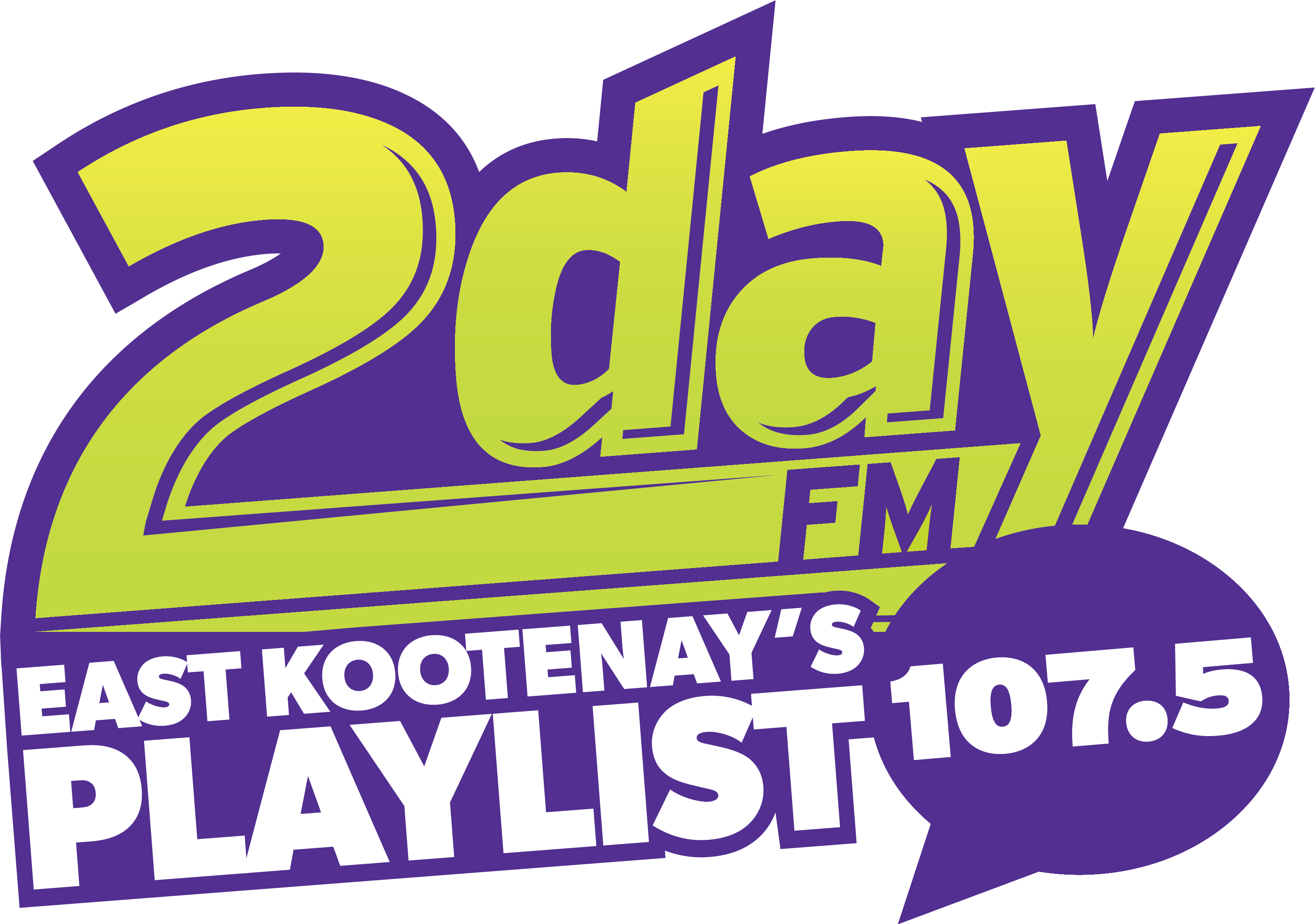A multi-year fuel treatment project east of the ʔakisq̓nuk community and north of Fairmont Hot Springs will conclude this year, culminating in reduced wildfire risks for the area.
The project, with funding support from the Forest Enhancement Society of BC (FESBC), also has the benefit of enhancing wildlife habitat and providing employment for Ktunaxa Nation members.
“For over 100 years, forests have been seen as lumber, leading to any natural process, such as fire that was perceived as threatening the harvesting of trees, being suppressed. This unnatural management has led to challenges in the health of our ecosystems and restricted ʔa·kxam̓is q̓api qapsin – All Living Things,” said ʔakisq̓nuk First Nation Chief Donald Sam.
“Through the funding made available by the Forest Enhancement Society of BC, we have been able to interact with the forests in a manner that reduces fuel loading, increases the health of trees and grasslands, and imitates natural forest succession. The added benefits include residential fire safety and mental wellness.”
The project was initially proposed in 2018 and designed to create a landscape-level fuel break along the south end of the community by removing shrubs and conifer trees in the understory.
Fuel management work was done by mechanical harvesting, with hand treatments undertaken by local forestry workers.
“There were two main treatment areas. The first was about 50 hectares, and it was a mechanical treatment where we retained trees with diameters greater than 32.5 cm and smaller trees below that were removed,” said Grant Glessing, RPF, Natural Resources Manager, ʔakisq̓nuk First Nation.
“Merchantable fibre was sold to local mills, with the revenue used to offset costs against the project, allowing us to maximize the area treated. Once done, we used excavators to stack the remaining fuel throughout the block into piles.”
Hand treatment began in November 2024, with Nupqu Development Corporation (Nupqu) workers covering almost 17 hectares.
“This work included thinning the understory of the forest floor, piling, and burning of the material, with the final piles planned to be burned this fall,” said Brian Watson, RPF, Operations Manager with FESBC.
“The team is also looking to grass seed on any exposed soils to reduce the impact from noxious weeds.”
This work in the wildland-urban interface area of the ʔakisq̓nuk First Nation and Fairmont Hot Springs is not only beneficial to humans, but also to wildlife.
“Every time I have visited the site after it was treated, I have seen lots of wildlife, especially deer and elk. The careful forest management work has created more of a grazing area with more food sources for these animals,” explained Glessing.
This work was funded with a $365,000 investment from FESBC.
“This project was long in the making, and FESBC had great patience while seeing it through. There was a period when the ʔakisq̓nuk land staff was limited due to COVID-19. By FESBC not giving up on us or the project, we could finally see it to fruition,” said Glessing.
The ʔakisq̓nuk First Nation has more wildfire mitigation projects planned for the future.
“We are currently working on an ecosystem restoration project that has evolved from this project,” said Glessing.
“At the same time, this work has given us the momentum to establish a working relationship with the University of British Columbia, supporting their graduate students in researching the treated block to deepen our understanding of climate change. This truly marks the start of something we can expand upon for future projects that will have a greater impact.”
Be the first to know! Don’t miss out on breaking news and daily updates in your area. Sign up to MyEastKootenayNow News Alerts.




